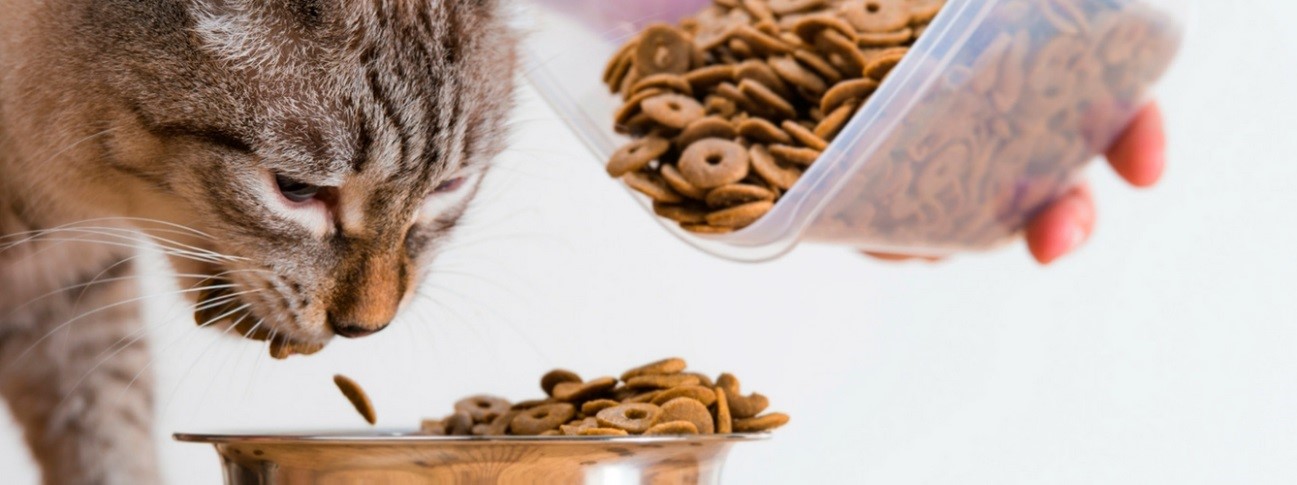Global demand for animal feed proteins will continue to rise in the years ahead. By one estimate, the increase will be 7.3% annually from 2020 through 2026 (Global Market Insights, 2020). Much of that will be from increasing livestock and aquaculture production, which are in direct competition with pet food production.
We are already experiencing intermittent shortages of turkey meal and dried egg product; these were primarily due to COVID-19 supply chain disruptions, but such shortages are a harbinger of the future.
As the global population continues to grow and there are more and more mouths to feed, there will be an increasing demand on animal and plant-based proteins across the board. In some cases, we are competing for finite and/or declining supplies as arable land is shrinking and oceans are being fished to the limit. However, there are technologies available if we are clever and courageous enough to pursue them. Specifically, there has been considerable effort made with insect proteins, single cell proteins, microalgae and pulse proteins that might help boost future supply. Could these proteins work in pet food and in the nutrition of dogs and cats?
Insect proteins
The area of insect protein has received a great deal of attention in the past three to five years. The initial thought was that various insects could be used to convert waste materials into proteins and fats and do so very efficiently. This trend has been more embraced in Europe than in the U.S. but the gap is narrowing, in part with research and approvals for the use of these insect proteins in animal feeds and pet (dog) foods at the recent Association of American Feed Control Officials (AAFCO) Ingredient Definition Committee (IDC) meeting (though for production purposes the feed stock is specified from traditional feed ingredients rather than waste).
Regardless, the insects of most prominence with supporting research are the black soldier fly larvae, mealworms and larvae, and crickets, with other insects also being considered. That we have been feeding mealworms to our pet birds and reptiles for decades should be of some help with consumer acceptance. Insects are being promoted because of sustainability, feed conversion efficiency, market positioning and immunological novelty.
Protein quality can be quite variable among the species, but generally methionine and cysteine are the first limiting amino acids. The fatty acid profile of insects tends to be more saturated, though this may be altered by their food composition. In addition, palatability may differ from that of animal proteins. Finally, insect proteins contain an appreciable level of chitin,
Conclusions
Clearly, we are on the cusp of using some of these alternative protein sources today. As their volume increases, they will reduce pressure on the more traditional sources. They will also provide new options and unique opportunities for positioning products in the market. Continued vigilance is needed to assure safety and utility of these proteins. There is also a need to evaluate functionality in various pet food formats to understand their limits and how they affect the process. Finally, there will be need for transparency with consumers so they can understand how these proteins might be a fit for their pet and the environment. The topic will not be without critics, but we must get things rolling soon before the supply chain becomes too limiting as the global population continues to grow.
March 2021

